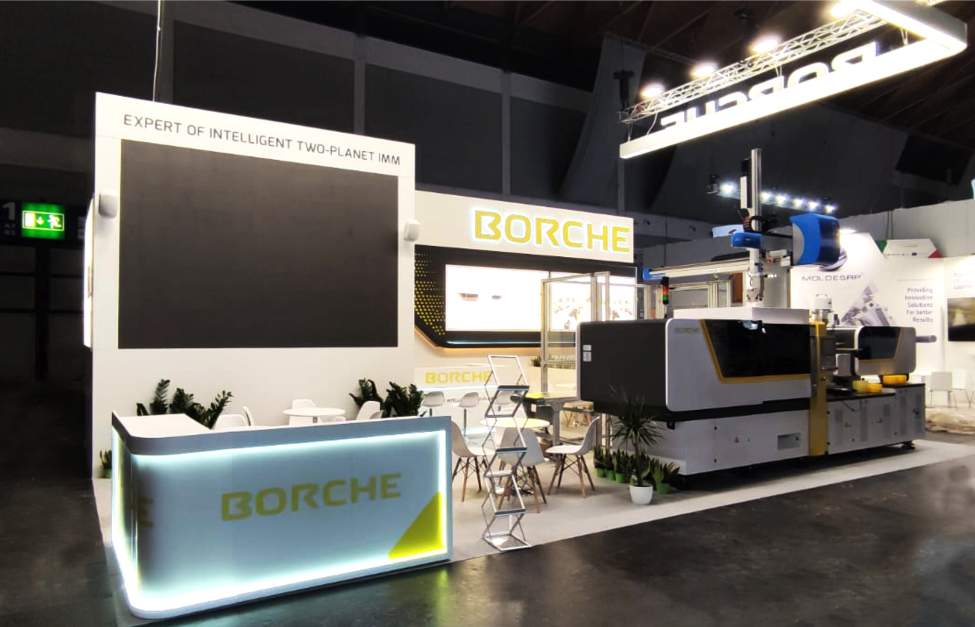
Düsseldorf, one of Europe’s premier trade fair destinations, has become a canvas for innovation and forward-thinking design. Known for hosting globally influential events such as drupa, MEDICA, and boot Düsseldorf, the city consistently sets the stage for businesses to showcase their brand stories. As exhibitions evolve to align with global sustainability goals and changing visitor expectations, the design and construction of exhibition stands are undergoing a significant transformation. Exhibition Stand Builders in Düsseldorf are now reimagining their craft to focus not only on aesthetics and functionality but also on environmental responsibility.
Sustainable Materials
Sustainability in the exhibition industry is no longer just a trend — it’s an essential commitment. Traditional stand construction practices, which often relied heavily on single-use materials, high energy consumption, and wasteful logistics, are being replaced by eco-conscious alternatives. The future of exhibition stands lies in modular systems, reusable components, and recyclable materials, which can be reassembled and reimagined for different events. These innovations reduce both the environmental footprint and long-term costs, benefitting organizers and exhibitors alike.
Energy Efficiency
Beyond materials, energy efficiency is another key focus. Lighting systems have seen a dramatic shift from halogen and fluorescent sources to LED and smart lighting technologies. Many stands are also integrating digital signage, which reduces the need for printed materials and offers a dynamic, engaging experience for visitors. With an increasing number of trade fairs in Düsseldorf adopting green policies, stand builders are responding by offering solar-powered displays, energy-monitoring systems, and even carbon offsetting programs to minimize their impact.
Technology Integration
Technology plays a pivotal role in shaping the future of exhibition stand design. Augmented Reality (AR), Virtual Reality (VR), and interactive screens allow brands to present their services in immersive, engaging ways that were previously unimaginable. These tech-forward solutions do not only draw in crowds but also help reduce the physical footprint of the stand, requiring less material and space while delivering more impact.
Digital Twin Technology
The integration of digital twin technology is helping builders and designers visualize, test, and adjust their stands before physical construction begins. This innovation streamlines the production process, reduces resource waste, and ensures precision, ultimately saving time and money while supporting sustainability goals. These practices are particularly relevant in a competitive exhibition market like Düsseldorf, where efficiency and innovation must go hand in hand.
Design Trends
From a design perspective, there is a noticeable shift towards natural textures, calming color palettes, and biophilic elements that bring the outdoors inside. Designers are blending nature with modern design by incorporating live plants, recycled wood, and natural fabrics into their booths. This not only enhances visual appeal but also resonates with the growing audience of environmentally conscious attendees and companies. Sustainability, in this context, is becoming a brand value — visible, tangible, and deeply embedded in the exhibition experience.
Local Collaboration
Social responsibility is also gaining traction in the stand-building ecosystem. Many Düsseldorf-based builders are now partnering with local craftsmen, sourcing regional materials, and prioritizing ethical labor practices. This local-first mindset supports the community and reduces the carbon footprint associated with long-distance transportation and outsourcing. These collaborative efforts reflect a larger movement within the industry to create stands that are not only sustainable in construction but also in purpose and values.
Educational Impact
Education is another vital element shaping this sustainable future. Exhibitors and stand builders alike are investing time and resources into learning about eco-certifications, lifecycle assessments, and sustainable procurement. Event organizers in Düsseldorf are encouraging these practices by offering green certifications and incentives for those who meet specific environmental standards. As awareness grows, sustainability is becoming integrated into the planning process from day one — not as an afterthought, but as a core principle.
Looking Ahead
Looking ahead, it’s clear that the evolution of exhibition stands in Düsseldorf will continue to be driven by the synergy between innovation and sustainability. The focus is shifting from “building a booth” to “designing an experience” — one that aligns with global values and leaves a positive impression, not just on the trade floor, but on the planet. Flexibility, modularity, and environmental stewardship are replacing one-time builds and extravagant waste, creating a smarter and more resilient industry for the future.
Conclusion
In conclusion, the city of Düsseldorf stands as a symbol of this transformation. Its exhibition industry is not merely adapting to sustainability demands; it’s leading the way. Builders, designers, and organizers are coming together to foster a culture of innovation that respects both the client’s brand and the environment. And as these trends continue to develop, the role of an Exhibition Stand Builder in Germany will be defined not only by their creativity and craftsmanship but also by their commitment to a greener future.